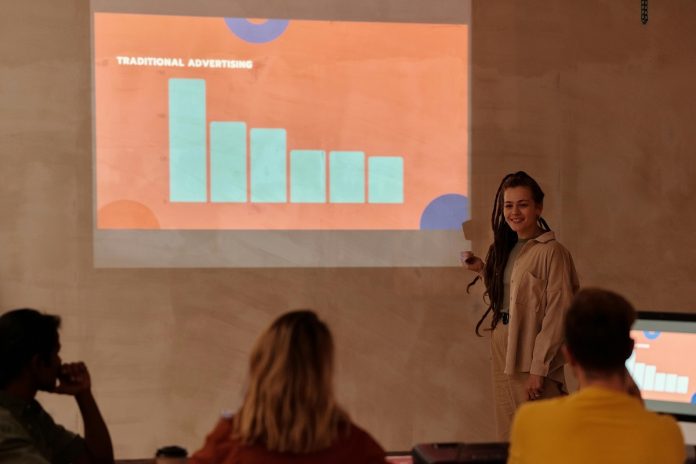In the world of digital advertising, Cost-Per-Click (CPC) is one of the most important metrics advertisers watch closely. CPC refers to the amount you pay each time someone clicks your ad. A lower CPC means you get more clicks for your budget, which can lead to more traffic, leads, and ultimately, sales. Optimizing your ad campaigns to reduce CPC is crucial to improving your return on investment (ROI) and making your advertising dollars go further.
However, achieving a low CPC is not just about bidding less. It requires a strategic combination of targeting, ad relevance, quality, and continuous optimization. Simply lowering bids without improving other factors can reduce your ad visibility and effectiveness. In this guide, we’ll walk through the key strategies and best practices to help you optimize your campaigns for lower CPC while maintaining or even improving your campaign performance.
Understand What Influences CPC

Before jumping into optimization tactics, it’s important to understand what factors influence your CPC in platforms like Google Ads or Facebook Ads.
Quality Score (Google Ads): Google assigns a quality score to your ads based on expected click-through rate (CTR), ad relevance, and landing page experience. Higher quality scores mean lower CPCs.
Ad Relevance: Ads closely aligned with user intent and keywords get better rankings and lower CPC.
Competition: CPC varies depending on how competitive your industry and keywords are. High-demand industries usually have higher CPC.
Bid Amount: Your max bid influences how high your ad ranks and what you pay.
Landing Page Experience: Fast-loading, relevant landing pages improve Quality Score and reduce CPC.
Knowing this helps you see why simply bidding less isn’t enough—you need to improve quality and relevance too.
Conduct Thorough Keyword Research and Use Negative Keywords
Optimizing keywords is foundational for lowering CPC. Choose highly relevant keywords that closely match what your target audience is searching for. Use a mix of:
Long-tail keywords: These are longer, more specific phrases that usually have lower competition and CPC but higher conversion intent. For example, “best waterproof hiking boots for women” instead of “boots.”
Exact and Phrase Match Keywords: These prevent your ads from showing on loosely related searches that waste budget.
Negative keywords: Exclude irrelevant terms that trigger your ads but don’t convert, like “free,” “cheap,” or unrelated product names.
Regularly review search terms reports to identify new negative keywords and refine your targeting.
Improve Your Ad Copy for Higher Click-Through Rates (CTR)
Google rewards ads that attract more clicks by lowering CPC through a higher Quality Score. Craft ad copy that is:
Highly Relevant: Use keywords in your headlines and descriptions.
Clear Value Proposition: Highlight benefits or unique offers.
Compelling Call to Action (CTA): Encourage users to take action, e.g., “Shop Now,” “Get a Free Quote.”
Test multiple ad variations to identify which copy yields the highest CTR. Higher CTR signals to Google that your ad is relevant, leading to lower CPC.
Optimize Landing Pages for Better User Experience
Your landing page quality affects Quality Score directly. Ensure that your landing page:
Loads quickly: Slow pages increase bounce rates and reduce ad quality.
Matches Ad Copy: The message and offer should align with the ad to meet user expectations.
Is Mobile-Friendly: With the majority of traffic coming from mobile, responsive design is critical.
Has Clear CTAs: Guide visitors toward conversion.
A smooth user experience increases conversion rates and helps Google reward you with lower CPC.
Use Ad Extensions to Increase Ad Visibility and CTR
Ad extensions add extra information and make your ads more prominent, improving CTR and Quality Score. Common extensions include:
Sitelinks: Links to specific pages on your site.
Call Extensions: Click-to-call buttons.
Location Extensions: Show your business address.
Offer Extensions: Highlight discounts or promotions.
These extensions enhance ad real estate and give users more reasons to click, which can reduce your CPC.
Target Audience Narrowly and Use Segmentation
Broad targeting can lead to irrelevant clicks and higher CPC. Instead, segment your audience based on:
Demographics: Age, gender, income level.
Geographics: Target locations where your product/service is most popular.
Device: Optimize bids for mobile or desktop users.
Behavior: Retarget users who showed interest but didn’t convert.
More precise targeting reduces wasted clicks, improving your overall campaign efficiency and lowering CPC.
Leverage Automated Bidding Strategies Wisely
Modern ad platforms offer automated bidding options designed to optimize CPC or conversions. For example:
Maximize Clicks: Automatically sets bids to get as many clicks as possible within budget.
Target CPA (Cost Per Acquisition): Bids are optimized to get conversions at a target cost.
Enhanced CPC: Adjusts manual bids to improve conversion chances.
Start with manual bidding to gather data, then test automated strategies to find the best fit for your campaign goals.
Monitor, Analyze, and Adjust Regularly
Optimization is not a one-time task. Continuous monitoring of your campaigns helps you:
Identify keywords or ads with high CPC but low performance.
Adjust bids or pause underperforming keywords.
Refresh ad copy to avoid ad fatigue.
Explore new keyword opportunities.
Use analytics and reporting tools to make data-driven decisions that gradually lower your CPC while increasing results.

